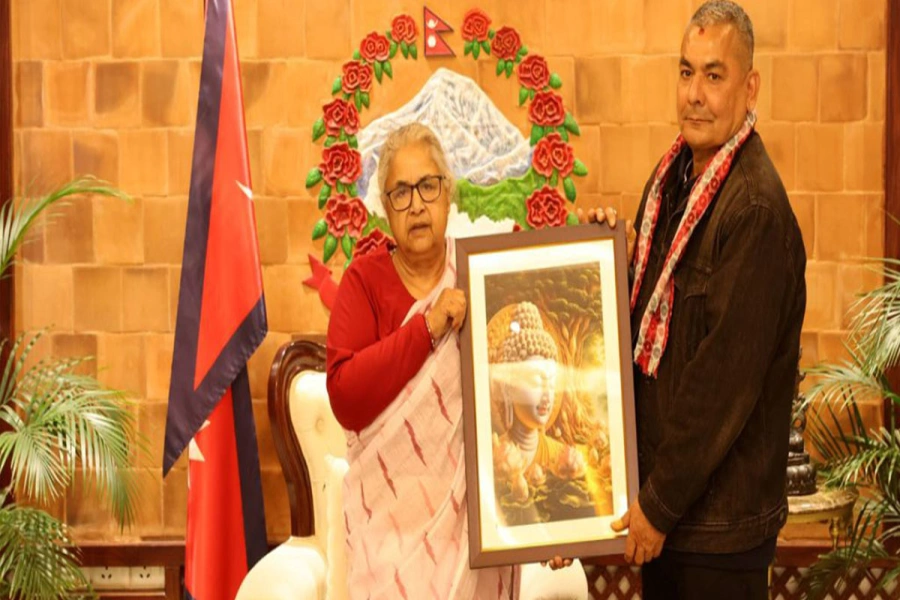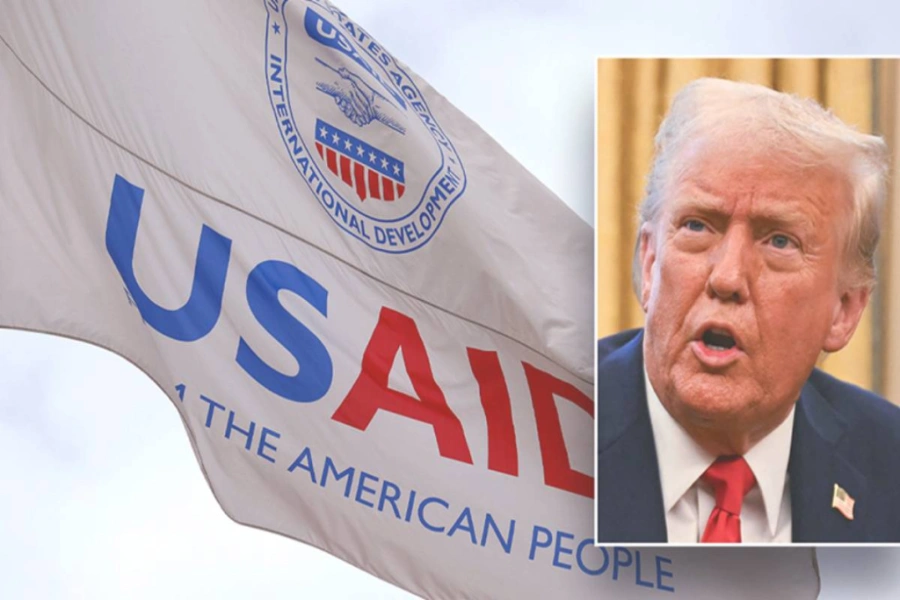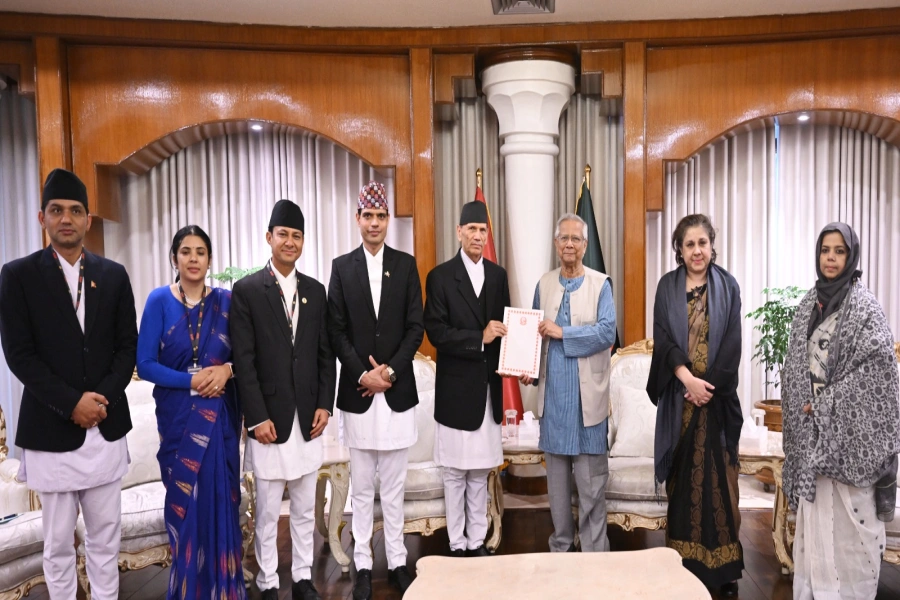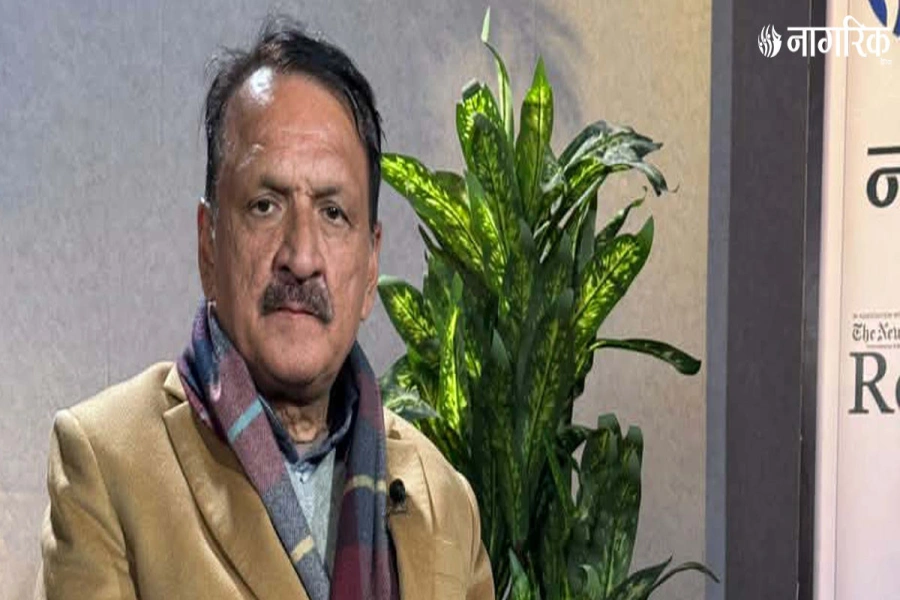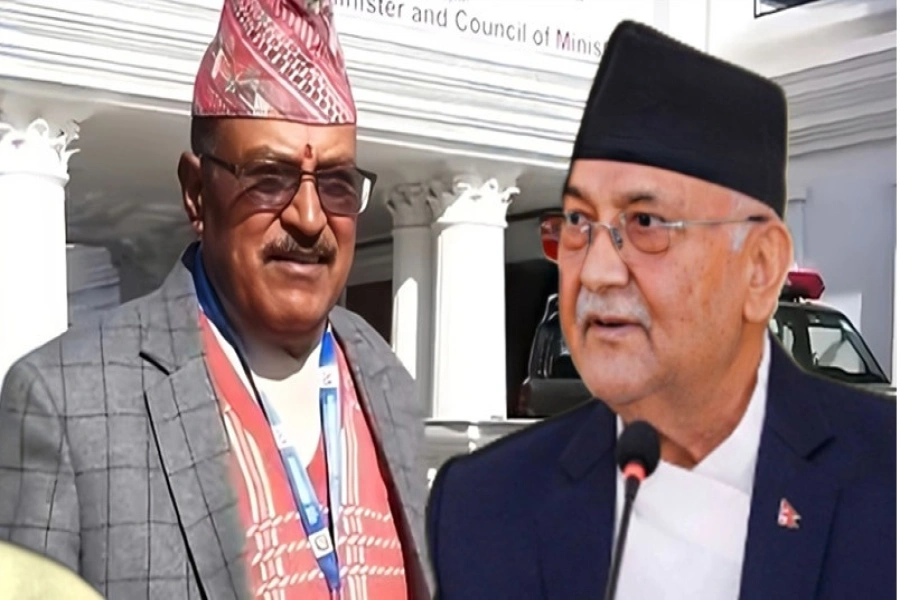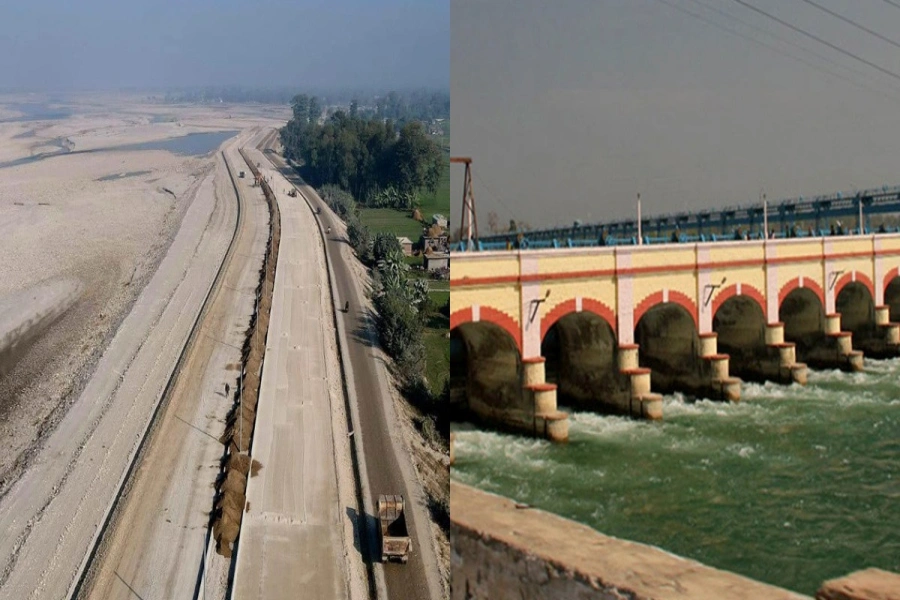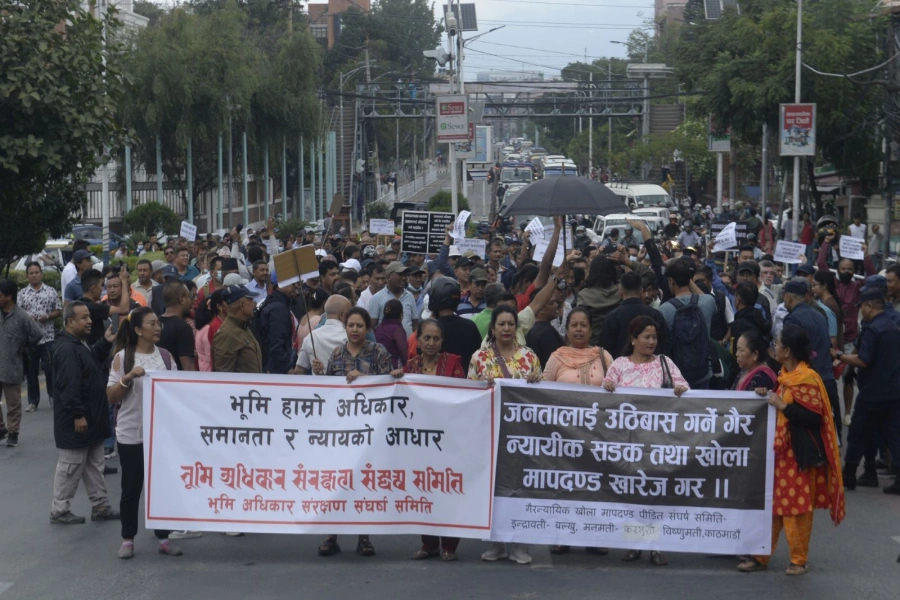After four months of its promulgation, the government and major parties amended the constitution Saturday night in an effort to end the current impasse caused by protests of agitating Madheshi parties. This amendment has addressed two of their key concerns relating to proportionate inclusion and delineation of electoral constituencies. But agitating parties are still unhappy for the following reasons.First, the amendment ensures representation of Madheshis and other communities in government bodies based on proportional inclusion. Under this amendment, 20 districts of Madhesh will have 79 seats while remaining 55 districts in hill and mountains will get 83 seats. So far so good.
Second, three amendment proposals had been tabled by Nepali Congress leaders Bimlendra Nidhi, Minendra Rijal and Farmullha Mansur. Of them, Nidhi's amendment proposal of Article 84, 1 (a) and 286 (5) related to delineation of electoral constituencies were in line with Interim Constitution. It also captured the spirit of agitating Madheshi parties. Madheshi parties had given a nod to Nidhi's proposal and suggested that government endorse his proposal. The government rejected this call and instead went for Rijal's proposal on delineation of electoral constituencies [Article 286, (5)] and Mansur's on proportional inclusion [Article 42], both of them fraught with flaws.
Rijal's amendment proposal had suggested that "Constituency Delimitation Commission shall delimit the constituencies in every province keeping population-based representation as main basis and geography as secondary basis... Every district in the federal provinces shall have at least one constituency." This is problematic. Determining constituency based on districts means continuity of the old constitution of 1990. Using both provinces and districts as basis for delineating constituencies is contradictory. The constituency delineation based on district will not be applicable at province level once we have the federal set up, says Dipendra Jha a constitution expert.
Mansur's proposal had this at its core: "Economically, socially and educationally backward women, Dalits, Adibasi/Janajati, Madheshi, Tharu, Muslim, differently-abled people, backward classes, gender and sexually minority groups and citizens of backward regions shall have the right to participate in state structures on the basis of the principle of proportionate inclusion." Madheshi Morcha leaders say clusters for privileged communities are still intact. "It's a matter of interpretation," says Jha. "Amendment can be taken as a positive step. But it cannot be welcomed if it does not meet the aspirations of agitating parties."
Third, like its promulgation, major parties have forcibly amended the constitution without bringing agitating Madheshi parties on board. This was an opportunity for the government and ruling parties to make Madheshi parties feel ownership of the constitution. They missed this opportunity. The latest amendments won't end around half-a-year-long protests in Tarai.
Four, amendments are due concerning representation in Upper House on population basis, citizenship, provincial boundaries and other controversial provisions. Agitating parties have made province demarcation the bottom-line. Over two dozen rounds of talks between Madheshi forces, government and major parties have failed to reach consensus on revising federal boundaries in Tarai.
Agitating Madheshis have made "now or never" the rallying cry of protest. Thus without settling boundaries, the movement is unlikely to end. Morcha wants two provinces in Tarai. But the new constitution divides 20 Tarai districts into four different provinces: Province 1, 2, 5 and 7 respectively.
Morcha wants Jhapa, Morang and Sunsari (now in Province 1) to be included in Province 2. They want a separate province comprising western Tarai districts like Nawalparasi, Rupandehi, Kapilvastu, Dang, Banke, Bardiya, Kailali and Kanchanpur.
Morang is one of the moist disputed districts, which Morcha wants in Province 2. Ruling parties claim people of Jhapa, Sunsari and Morang are not willing to join Province 2. But Rangeli incident last Thursday hints otherwise.
When Morcha cadres learned that Prime Minister KP Oli was scheduled to address a Youth Force-organized program, they warned of stern protests. Despite this warning Youth Force went ahead with program. In police firing that followed, three Madheshis were killed and a dozen others badly injured.
If the ruling parties are sincere, province demarcation can be settled through a political mechanism within 90 days. If the major parties devise clear terms of reference of this mechanism and for revision of districts included in provinces in Annex of the constitution, agitating parties will be flexible. They want Jhapa, Morang, Sunsari, Kailali and Kanchanpur to be declared "disputed districts" until demarcation dispute is resolved. Since the major parties have declined to mention two provinces in Terai, it has made Morcha doubt they want to settle demarcation at all. Thus amendment is positive but it came too little and too little.
@praveenyadava
Harry Styles & Will Ferrell Set As Final Guests On ‘The Late La...




